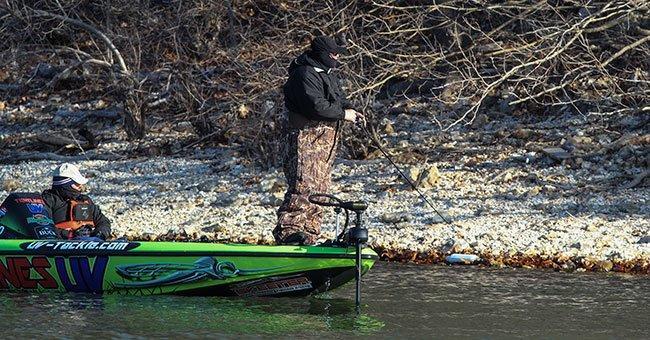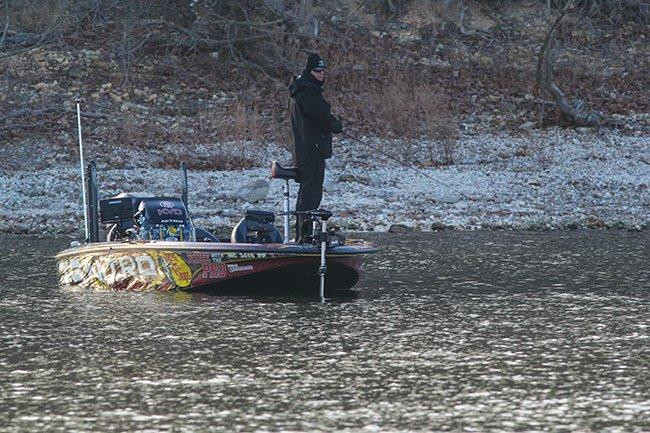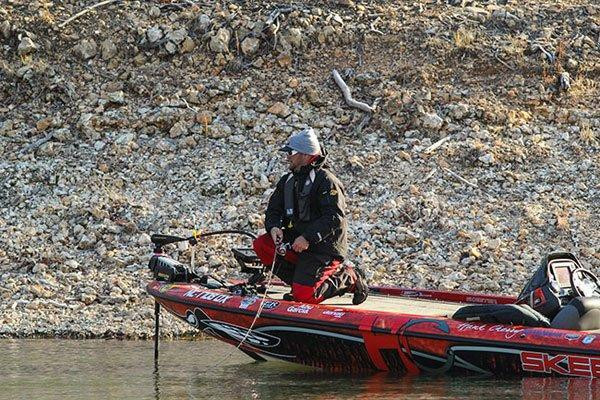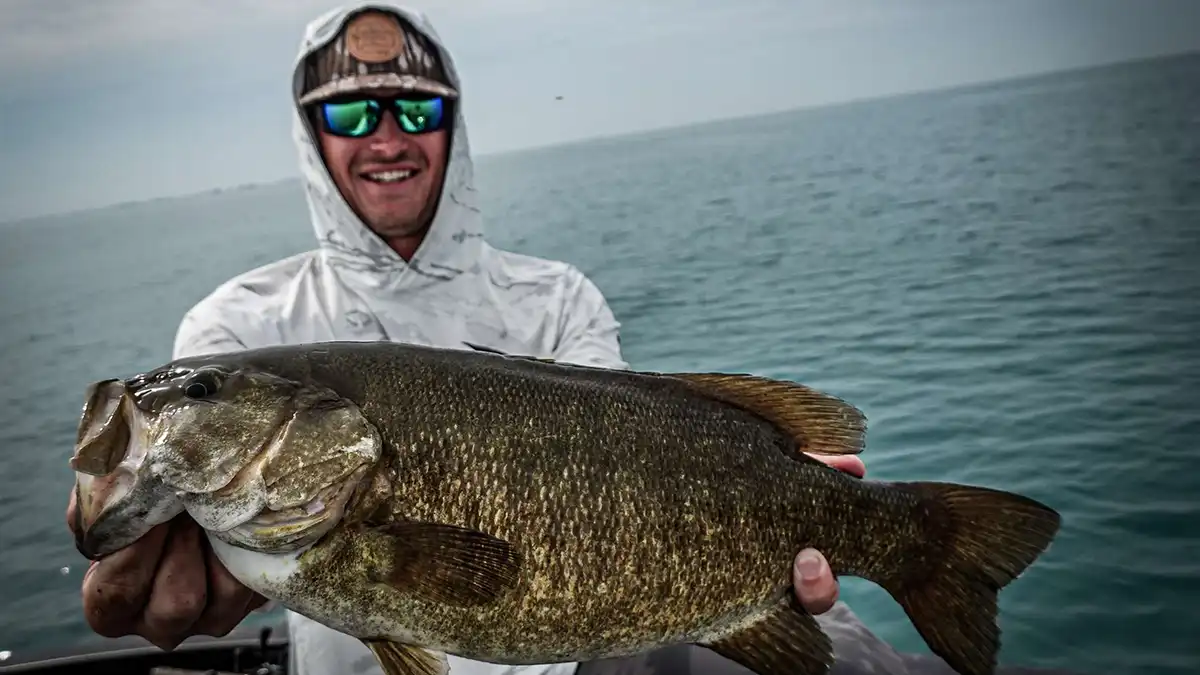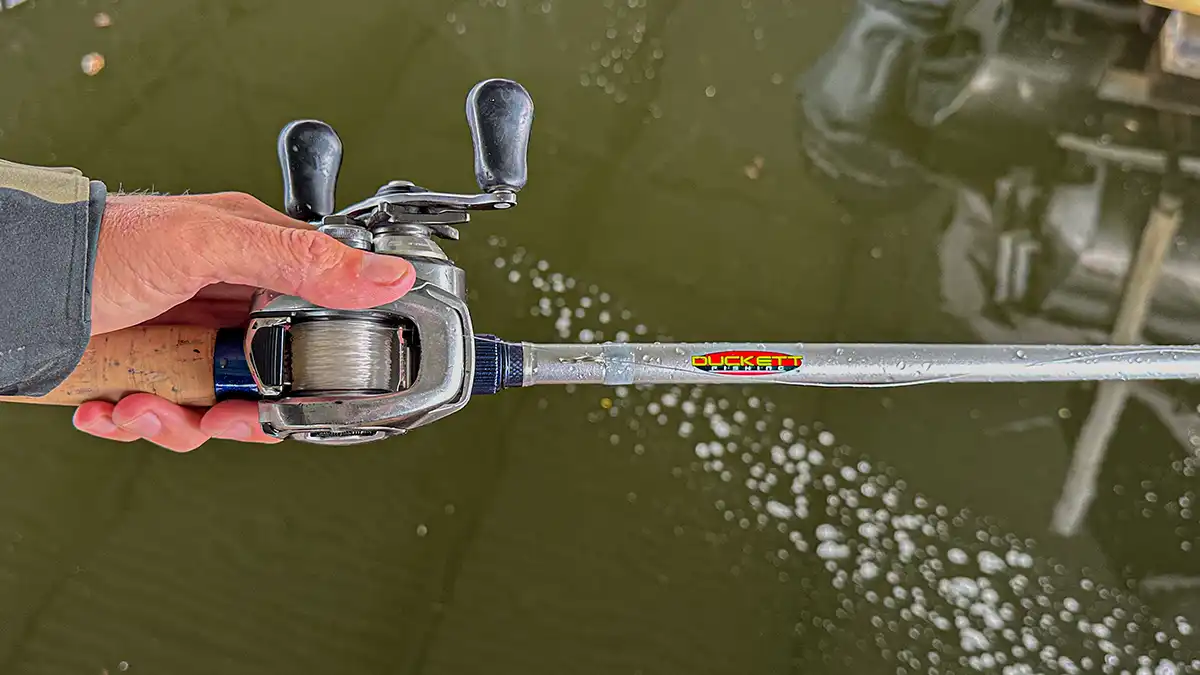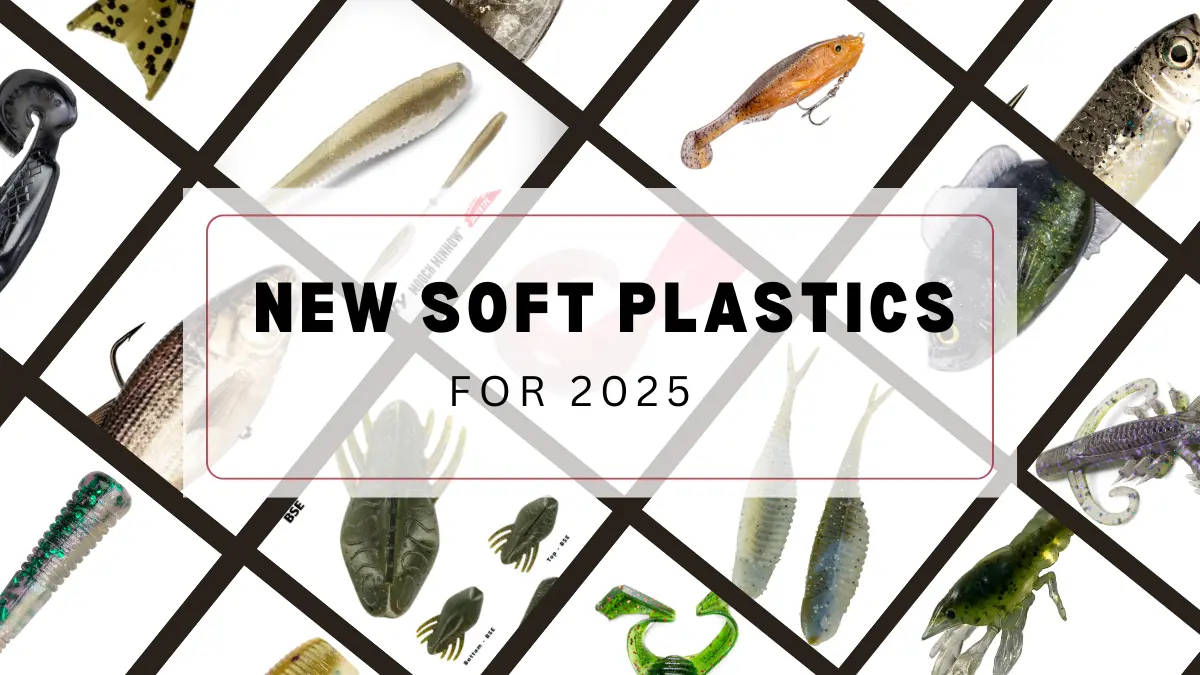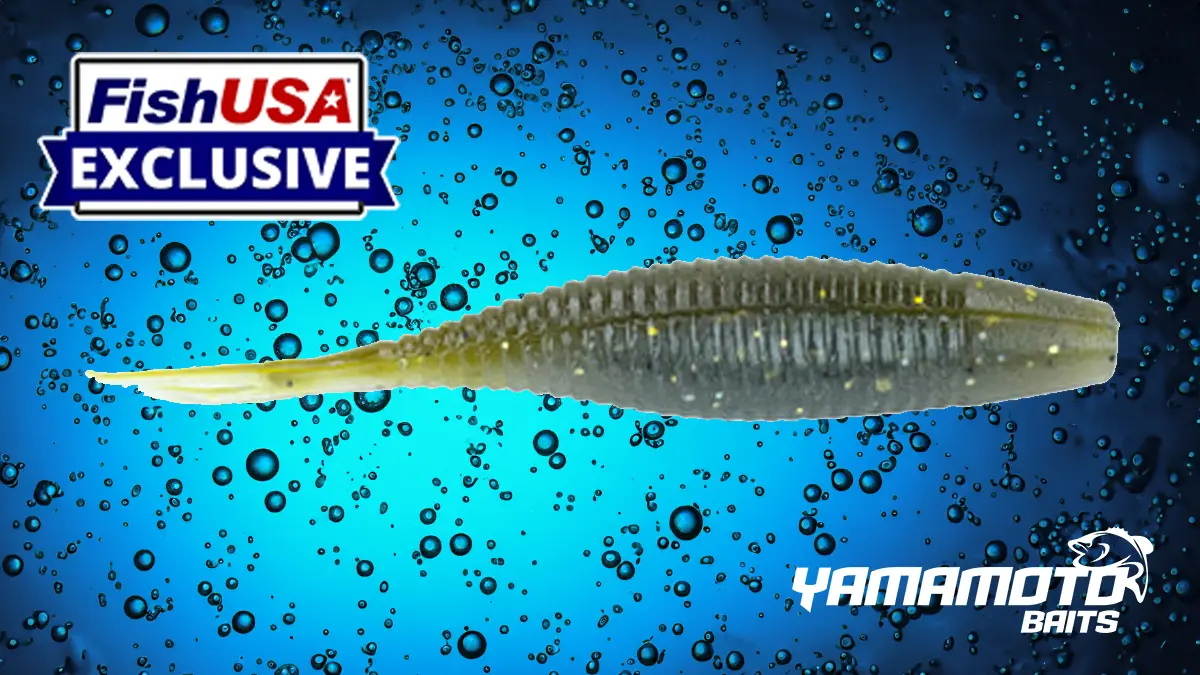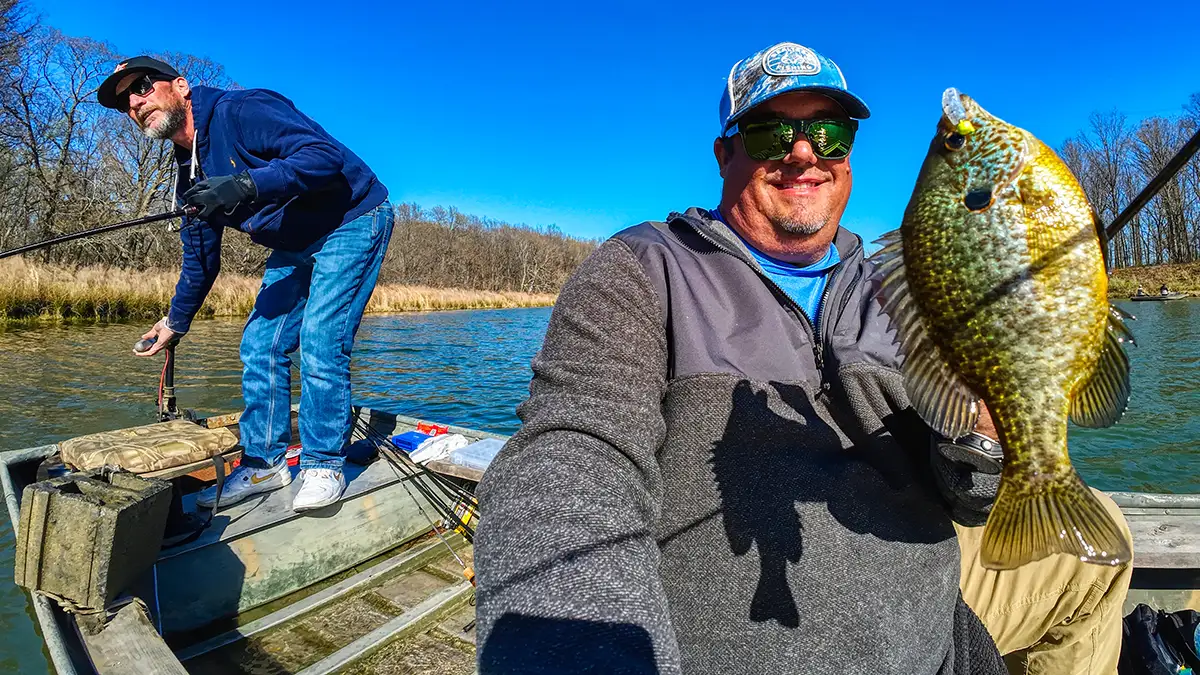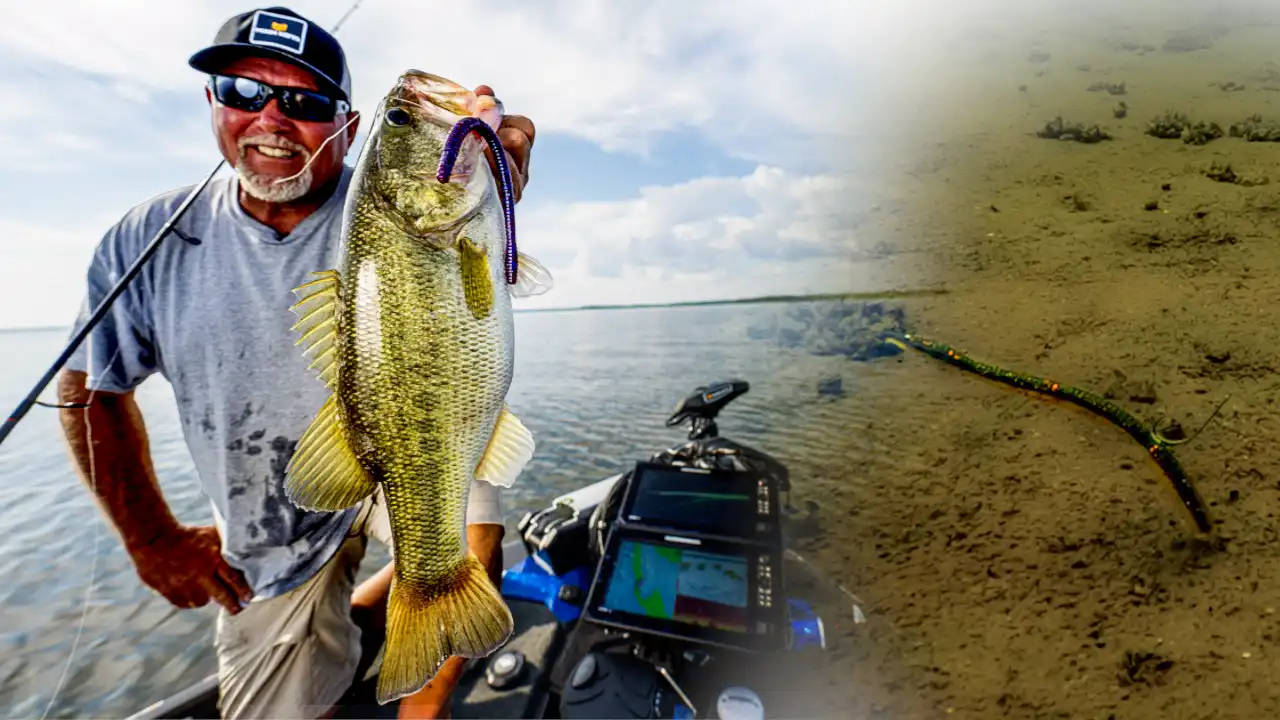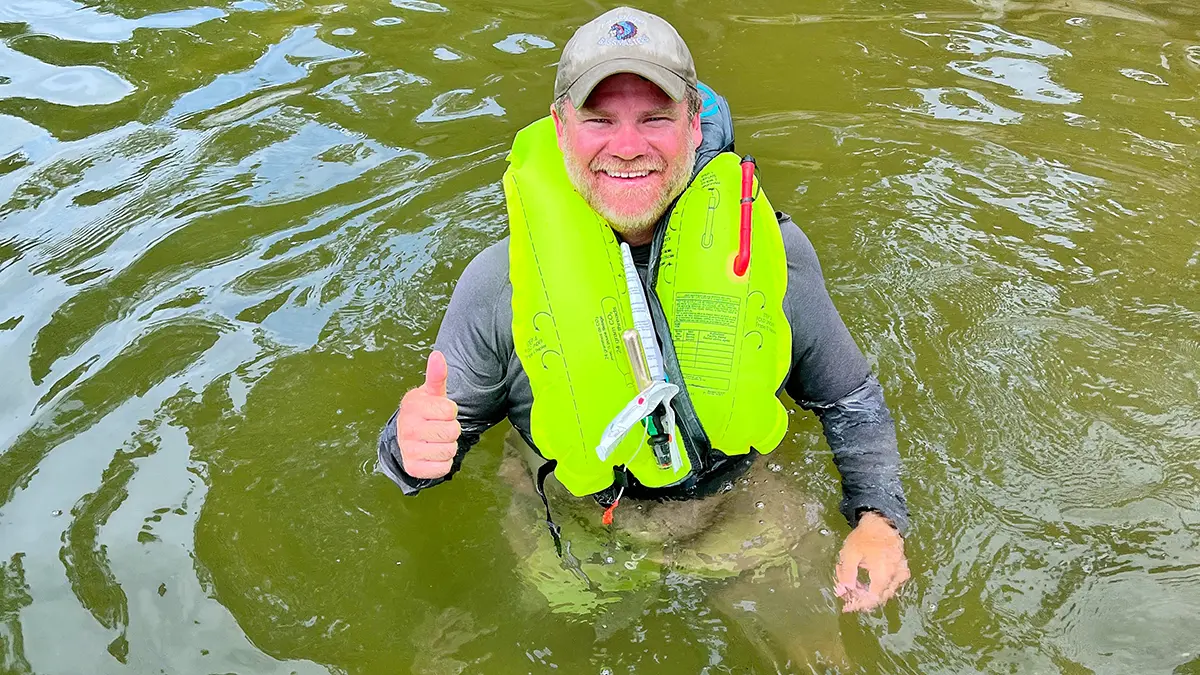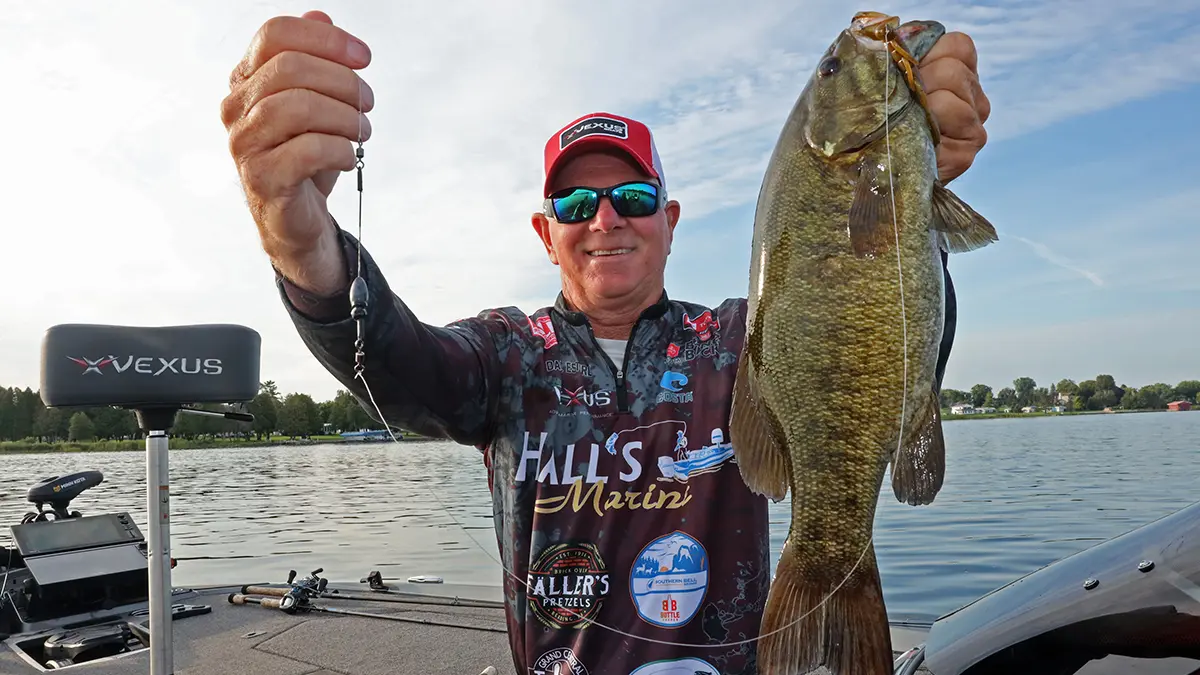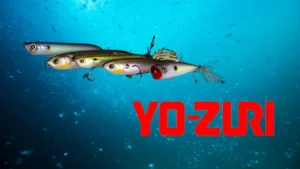Crankbait fishing is widely misunderstood. While many brand it as a technique as simple as casting and reeling, paying attention to the smallest details will greatly increase your catch.
I have the opportunity to take a lot of novice anglers fishing when I guide trips on my home lake, and over the years, I have found 4 effective ways to land more crankbait fish. It’s important to understand that there isn’t a “right†or “wrong†way to fish a crankbait, but the following tips have helped both myself and my clients enjoy more success on the water.
Keep your rod tip at a 45-degree angle to your target
One of the biggest mistakes anglers make when crankbait fishing is holding their rod tip at a 90-degree angle to their target. When I first started crankbait fishing, I did the same thing—it feels most natural at first. Try to fight that instinct whenever possible.
When you hold the rod in this manner, you don’t leave yourself enough room or leverage to set the hook. If a bass happens to bite when you’re in this position, you’re left having to torque your back in order to make up for your decrease in leverage. Doing so results in a delayed hookset and it also takes you out of position to counter any strong runs or jumps the bass may make. I jokingly refer to this as being “caught with your pants downâ€.
Instead, try to keep your rod tip at a 45-degree angle to your target. When a bass bites your crankbait, you leave yourself an additional 45 degrees to lean into your hookset while also staying in position to effectively fight the fish. This approach also allows the bass to eat the entire crankbait and get both hooks in its mouth, therefore increasing your chances of landing it.
Make sure to keep your rod tip low to the water
When you fish a crankbait with a high rod tip, you’re immediately taking the control from yourself and giving it to the fish. If you get bit with your rod tip in the air, you have to make an extra, downward movement in order to get into fish-fighting position.
This position can also tempt you to set the hook upward when you get a bite. When a bass eats your crankbait, you want to drive the hooks that are on the bottom on the bait into its mouth. Pulling upward on the hookset drives the top of the crankbait—the part with no hooks—into the top of the fish’s mouth, resulting in a decreased probability of getting a solid hookup.
To counter this issue, simply keep your rod tip low to the water. I prefer to keep my rod tip approximately one foot above the surface. When I sweep to the side on the hookset, this technique makes sure that I am driving the hooks downward into the mouth of the bass. If you combine a low rod tip with a 45-degree angle to your target, you’re going to notice an immediate improvement.
There’s one exception to this tip. When fishing in ultra-shallow water, sometimes you have to “high stick†your crankbait to avoid snagging vegetation or other cover. If you find yourself in this situation, make sure to give the bass a little “tip†when it bites. Pointing the tip of the rod toward the bass will give you a little extra time to drop the rod tip and get into position to execute a proper hookset.
Pull, don’t snatch
This is a mistake that I still make sometimes. Assuming you’ve got your rod tip dropped and at a 45-degree angle, always pull on a crankbait hookset—don’t snatch. When you snatch the crankbait during the hookset, you’re actually pulling the bait away from the bass before they can really eat it.
Next time you get a crankbait bite, reel a couple times to ensure a solid hookup and then swiftly sweep your rod tip to the side. You’ll hook more fish than you’ll lose with this technique.
Play the bass slowly
We always see pros on television making huge hooksets and skiing bass across the top of the water. That type of approach is necessary at times, but try not to do that with crankbait fish. I had a guy in my boat lose a 7-pounder on a crankbait a couple of weeks ago because he “horsed†it too much.
You can categorize the majority of crankbait bites into 2 categories—“pops†and “stopsâ€. Most, but not all, smaller fish tend to pop the crankbait. When I feel this, I sweep to the side and slowly reel it in. Nothing too crazy. Sounds simple, right?
It gets more interesting when you get a good, old fashioned “stopâ€. It’s either going to be a giant bass or a big stump. Either way, it’s important to always set the hook. I’ve seen a lot of folks mistake a 5-pounder for a stump and get their hearts broken when they didn’t set the hook. If your line stops, set the hook. You can always get your crankbait unhung, but you can’t make that big bass bite again.
When I lay into a big crankbait bass, I drop to one knee on my front deck. Not to be dramatic, but to discourage the bass from jumping. While I am on one knee, my rod tip is underwater—the lower you keep your rod tip, the more unlikely the bass is to jump.
If I feel a big head shake, I stop reeling and keep steady pressure on the fish. It’s important to remember that you don’t have the bass in these situations—the bass has you. Let the bass do what it wants to do. When the head shakes stop, slowly reel the fish in while remaining on one knee. Not only does this discourage jumping, but it also puts you in position to quickly belly land a big bass if you’re without a net.
This is a great time of year to be cranking, so try these quick tips next time you’re chunking a crankbait around. Everyone does things a little different, but I’ve seen proper rod angles, a methodical hookset and patient fish fighting greatly improve anglers’ crankbait success.


